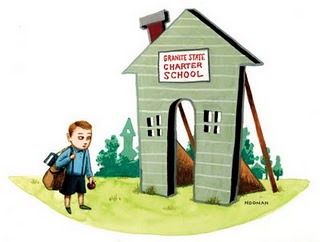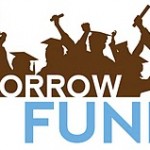Public Charter Schools
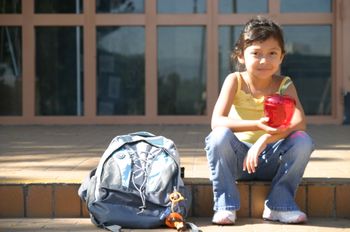 When it comes to improving education, any initiative is worth a try. An educational alternative that we find in the United States is the public charter school, or independent school; these schools began to pop-up during the 90s, the first school debuting in Minnesota and have the advantage of greater freedom in developing their own educational philosophy and methods.
When it comes to improving education, any initiative is worth a try. An educational alternative that we find in the United States is the public charter school, or independent school; these schools began to pop-up during the 90s, the first school debuting in Minnesota and have the advantage of greater freedom in developing their own educational philosophy and methods.
For decades, parents with limited economic resources didn’t have any alternative but to send their children to public schools, schools that were often besieged with drug problems, marginalization, gangs, unplanned pregnancies, violence, etc. Now parents have the opportunity to send their children to public charter schools, institutions that act independently, from outside public school systems, with public financing based on the number of students they can attract. These schools provide advantages like personal attention for students, discipline, and a strong focus on study and academic results. These are schools created and directed by parents, educators, educational entrepreneurs, and community leaders, among others, and are founded through a charter conceded by local or state public agencies such as the State Education Departments, or Institutes of Higher Education or municipalities.
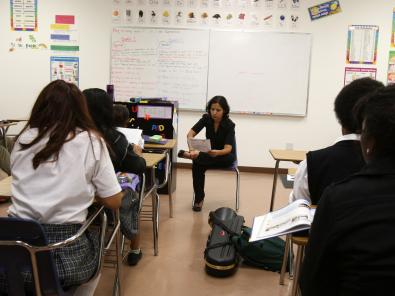

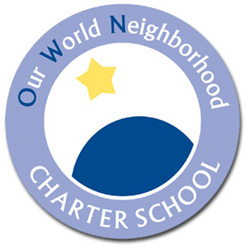
Public charter schools, despite their increased freedom in teaching methods, are required to comply with the academic criteria established in each respective charter for students and the school; if the specified criteria aren’t complied with, the agency that conceded the charter or authorization, may close the school. The agencies authorized by the state to certify the charters or contracts, according to the corresponding state laws, have the responsibility of guaranteeing that the charter schools comply with responsibility clauses and requirements for evaluation through annual exams as described in the No Child Left Behind Act, that designates this type of schools as an option in the free choice of school for students that need improvement, corrective action or a restructuring of their studies and behavior.
Public charter schools are especially beneficial for ethnic groups like Hispanics and African Americans that tend to receive less attention in traditional educational systems. Additionally, the presence of charter schools encourages a healthy competition with other district schools.

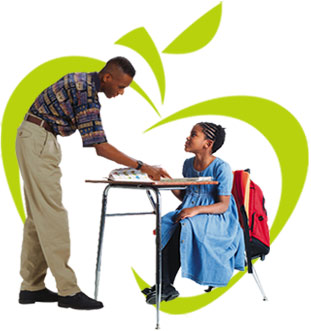
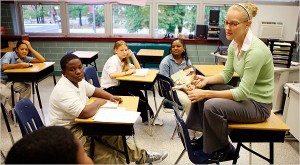

Among the challenges for independent schools, we find the need to increase the offerings for secondary education from grades 9 through 12, where the necessity of widening the educational alternatives is more urgent; where increasing the available space for students, ending waiting lists and making better and more specialized advice available to more students can help students make the right decisions for their future, the first of which is to complete high school.
Independent public schools have experienced accelerated growth in the last few years; the movement for charter schools doesn’t appear to be losing momentum any time soon. Point in case, in 2008, approximately 1 percent of the 2.6 public school students in New York attended independent schools, according the Center For Education, the same proportion obtained in Illinois. In Massachusetts 2 percent of students attended public charter schools or independent schools, with 3 percent in Minnesota and 5 percent in California. Currently, there are more than 4,600 charter schools in the country and in total, they educate more than a million students.
Charter schools, with their alternative methodology and often increased attention to individual students, are a very interesting option for a free choice in schooling for students that need to improve their academic level or make a new start. They are a viable alternative to public schools in the conventional educational system, an alternative to a system that faces serious problems and often lacks solutions for its students.



Private and citizen based initiative can and should have an active role in the education of future generations of Americans, extending opportunities to the greatest possible number of people, no matter their means or socioeconomic level. Charter schools strengthen the mastery of academic material by students, as well as their concentration on their studies, and in general, the basic values necessary to reach academic success. These schools demonstrate good results among Hispanic and African American minorities, educating them without marginalizing them, and keeping them off the streets and on a path to a better future.
This academic year there are numerous schools that have switched to the charter system: Fernando Pullum, in southern Los Angeles (California) where 140 young people study and with a special focus on fine arts, music, and dance; the Academy Charter School and the Evergreen Charter School, with clear environmental vocations, in Hempstead, Long Island, New York, attending to 265 students. The Academy Charter School and the Evergreen Charter School schools are connected with Roosevelt Children’s Academy Charter School, in southern Hempstead, opened in 2000. Roosevelt Children’s Academy Charter School has a well-earned reputation backed up by glowing evaluations in New York State, where there are currently 142 charter schools. These schools are a sign of the times. Whereas in the past this particular educational movement was concentrated in large urban areas, independent schools are beginning to leave big cities to face the challenge of smaller, less densely populated areas.
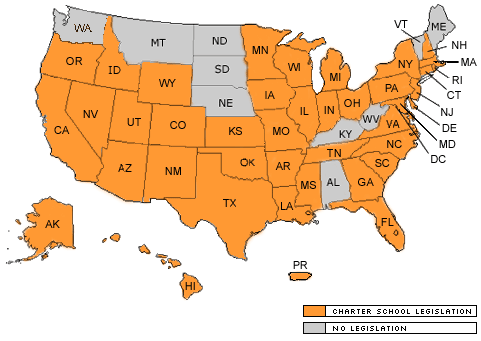
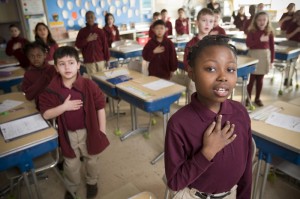
Independent public schools are an answer to current problems in the educational system; they contribute to the success of students with serious problems and are an effective way to encourage excellence in education, painting a brighter future for millions of boys and girls.
